Important purpose of pumps for heating a private house, their characteristics and features
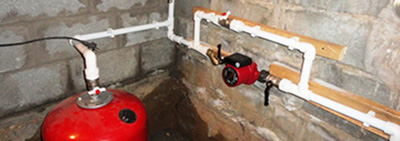
A circulation pump is a device designed to force water to move through a heating system. It is used in circuits, where it is impossible to create natural circulation. The installation is not limited to any other situations.
General parameters of pumps for heating systems in a private house
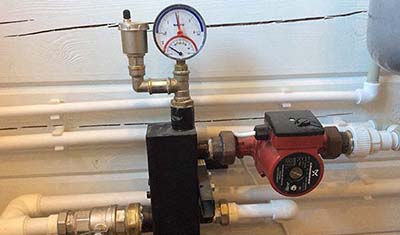
Each device has characteristic values:
- Consumption — the amount of water that passes through the piping per hour. The unit of measurement is view 1/(m3*With).
- Pressure — the maximum value of liquid resistance exerted on all elements of the circuit. Along with the pressure, its losses due to hydraulic resistance, as well as pressure, are important.
- Speed — a parameter that determines the relationship between flow rate and pressure, depending on the pump operating mode.
Dimensions: differences in dimensions
The devices may also have the same operating characteristics, but differ in size:
- The length determines the installation location. Devices of length 130 mm are placed in confined spaces, and 180 — in the rest.
- The diameter is selected according to the size of the pipes used in the system. A slight increase in the cross-section is allowed, but a decrease is strictly prohibited.
Technical characteristics of wet rotor circulation devices
They highlight the following features of this type of device: protection of elements from mechanical friction, tightness, long operation on one refill of the resource, low noise level, easy repair. The components are not lubricated during operation due to the water inside.
The efficiency factor is usually 50%, but there are models with efficiency in the range 45–60%.
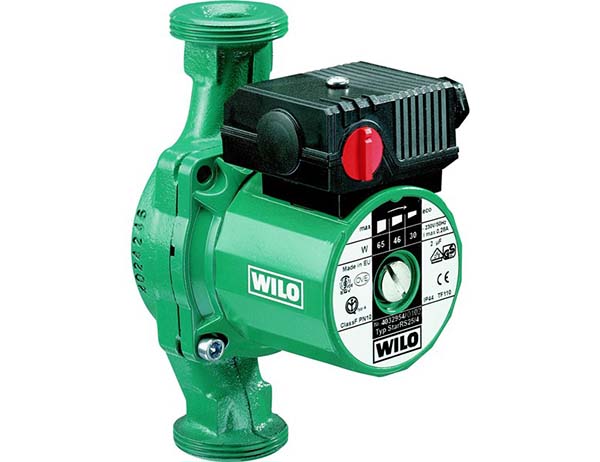
Photo 1. Wilo Star RSG circulation pump with a wet rotor, installed indoors only in a horizontal position.
Unlike dry rotors, wet rotors are always installed horizontally, which can cause inconvenience in some rooms. The design is modular, which makes it easy to set up and repair.
Power calculation
Before starting calculations, the following factors are taken into account:
- The ambient air temperature affects the amount of heat, released by the generator. The cooled device must warm up before providing a positive effect. Excess temperature, leading to exceeding the permissible load, is also negative.
- The diameter of the pipes in the system is very important: small ones will not let through enough water for the room, and too wide ones will not allow the boiler to fully heat the liquid.
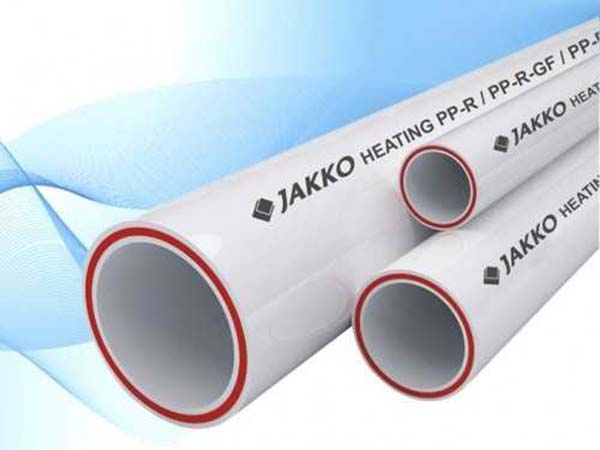
Photo 2. Three polypropylene pipes with different diameters, this is of great importance for the heating system.
- The viscosity of the working fluid has a direct proportional effect on the pump power.
- The device is sometimes installed as a supporting element for a natural circulation system or to feed the circuit. In such cases, it is sufficient to install a device with lower power.
Taking into account the factors, the efficiency of the pump is determined from the following options:
- For private houses - 100 W/m2.
- For multi-apartment buildings - 70.
- For industrial buildings or well-insulated residential buildings - from 30 to 50.
- In the northern regions, the values increase by 75, 30 and 20, respectively.
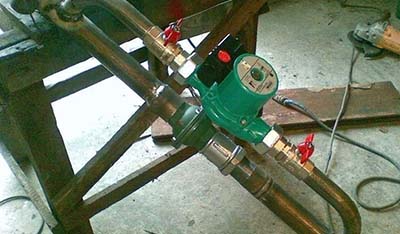
The calculation is also performed according to the formula N = Q * F * V * M, Where:
- Q — liquid flow rate per second.
- F — kinematic viscosity of the substance that fills the system.
- V — volume of the contour.
- M — mass of the coolant.
Q is specified in the technical data sheet of the device. The value of F depends on the liquid used. The viscosity of the most common substances can be easily found in the corresponding table. The volume and mass of the working substance are determined manually.
Reference! It is not necessary to calculate the mass. It is enough to replace it with the product of the system volume and density of liquid. The last value is given in the table.
Pressure calculation
The pressure of a water column is measured in technical atmospheres.
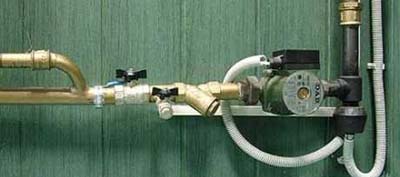
The average value is indicated in the device passport or directly on it. The required pressure depends on three factors:
- The circulation pump must be running. with small hydraulic losses.
- The water pressure is determined by the water flow rate.
- In apartment buildings, the system resistance is taken as 0.3 atm; in private buildings, it is calculated separately.
Important! The height of the building does not affect the pressure, but it is important to calculate pressure.
To calculate, you need to know the pump power and determine the specified factors. Pressure formula P = (N * H) / (ΔH * S * L), Where:
- N — power of the circulation pump.
- H — the pressure of the liquid in the device.
- ΔH — hydraulic pressure losses.
- L — the height of the building.
- S — the cross-sectional area of pipes in the system.
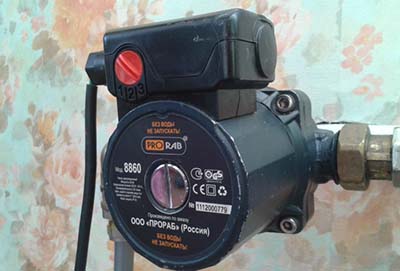
The power is determined by the formula above. The height and section of the circuit are determined when drawing up the piping diagram.
The pressure is the quantity H = P / (g * ρ) + V2/ (2 * g), where the first product is the piezometric height, and the second is the dynamic pressure.
In most cases, this value is specified in the device passport. It is recommended to invite a specialist for calculation.
ΔH — hydraulic losses, which represent changes in piezometric height. This value is also indicated in the pump documentation.
Important! Head and pressure are closely related. The value of one characteristic is obtained from the second, which works in both directions.
Speed
Most modern pumps support the function of changing the current operating speed. They provide three modes that determine the heating of the room, but sometimes there are more versatile devices.
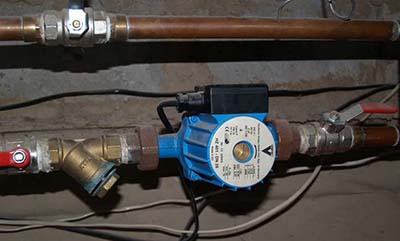
Classic options include:
- Standard mode, at which the room is heated at an average rate.
- High-speed for quick heating of a cooled building.
- Delayed, maintaining the temperature in the absence of residents.
Devices with a wide range of speeds are rarely used in residential buildings, but are in demand in industrial buildings. This is due to the high accuracy of their settings. A lever is used to change the operation with 3 or more steps.
The latter is installed in an accessible place. But there are also pumps with automatic climate control: After checking the meter readings with those specified during setup, it independently changes the liquid supply along the circuit. To operate, sensors must be installed outside and inside the premises.
Useful video
From the video you can learn how to best use a pump in the home, about methods for calculating pressure and power.
Conclusion
When choosing a circulation pump, there are four factors to consider. The power determines the amount of water supplied to the circuit per unit of time. The pressure indicates the maximum permitted load in the system. The operating speed characterizes the amount of heating in the room. Physical dimensions specify the installation location of the device. A correctly selected pump has a low chance of failure or breakthrough.








